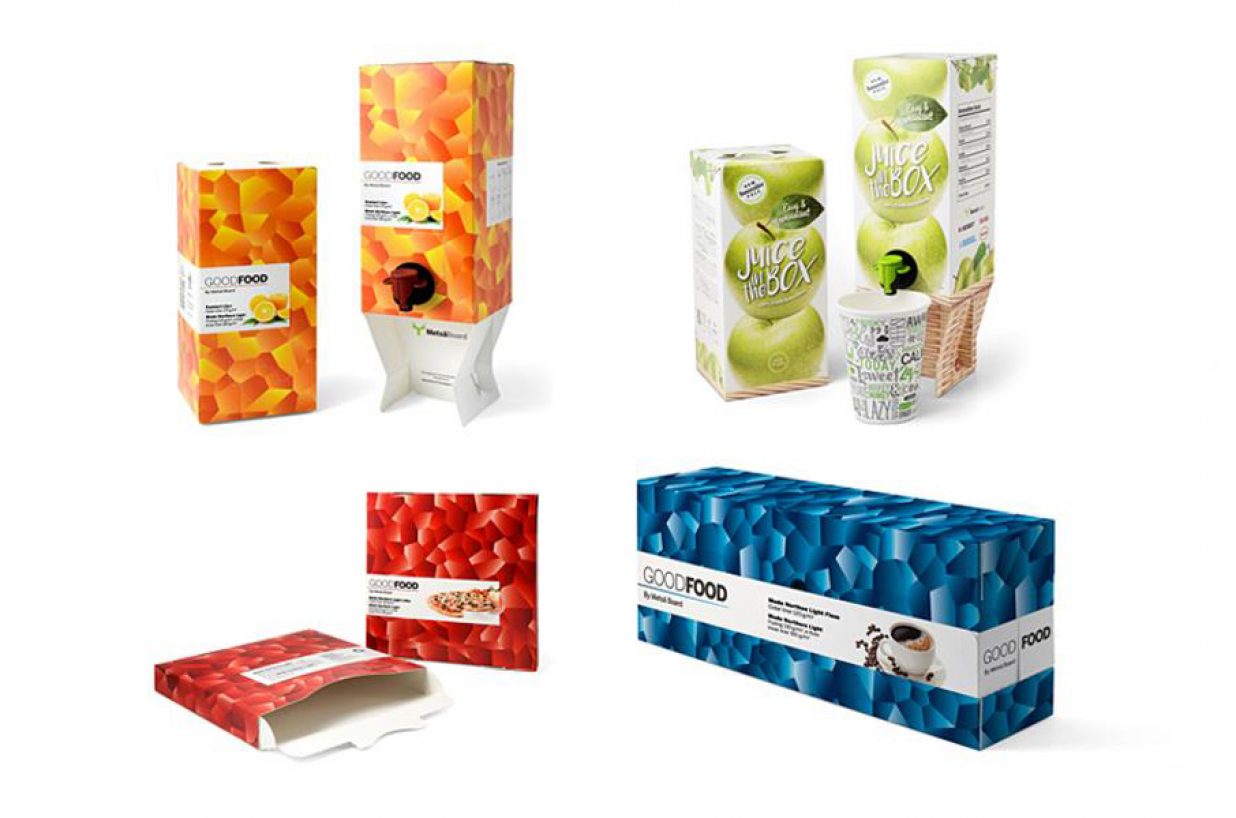The packaging world is always evolving, and I’ve witnessed significant shifts in the industry since my start with PMMI back in 1990. We’ve seen countless trends come and go over the years, requiring brands to adapt to fluctuating consumer demands. As a result, our industry is constantly pushed to design with innovation and employ cutting-edge technologies.
The path to healthful options
In 1990, the United States approved the Nutrition Labeling and Education Act, which required detailed food content be revealed to consumers. The act established health standards, and terms like “low-fat” and “light” became selling points.
Moreover, in 1996, the United Kingdom adopted The Food Labelling Regulations, which established stricter ingredient labeling and created criteria for the label “natural.” Since then, the UK has developed a traffic light labeling system in which fats, saturated fats, sugar and salt are highlighted in green, yellow or red to indicate whether foods have healthy amounts of these ingredients.
Now more than ever, consumers around the world pay close attention to food labeling, keeping an eye on ingredients and sourcing.
Amazon’s leadership clearly realised this when they recently purchased the Whole Foods chain for $13.7 billion. Shoppers seek wholesome food options with labels that reveal minimal ingredients.
As a result, manufacturers look for packaging solutions that support the production of preservative- and additive-free food without compromising product appearance, taste or shelf life.
Sustainability becomes the “new normal”
And then there’s sustainability. Once a “nice-to-have” enhancement reserved for select products, eco-friendly or sustainable packaging is increasingly becoming the norm.
The proliferation of packaging that is recyclable, made from recycled materials, low-weight or right-sized can be tied to Walmart’s creation of its Sustainable Packaging Scorecard in 2006. This scorecard evaluated suppliers on their progress toward more sustainable packaging and efforts towards reducing their carbon footprint. In 2008, the big box giant even sent representatives to PACK EXPO International to address the scorecard’s role within the industry.
Walmart’s scorecard made sustainability a front burner issue for brands across industries, and last year the company released a Sustainable Packaging Playbook that highlights best practices for meeting scorecard standards.
PMMI’s 2016 Global Trends Impacting the Market for Packaging Machinery Market Research report echoes how sustainability efforts influence production in all major regions. Flexible packaging in particular has increased due to its recyclability, affordability and low weight.
Convenience and E-commerce
Convenience has always topped the list of consumer demands. Some of us have been around long enough to remember the introduction of microwaveable TV dinners and Shake’N Bake.
However, today’s brand owners have a much wider range of packaging options to enhance their products with packaging that is easy-open, resealable, single- and multi-serve and might even contain built-in utensils when needed. The strides made in material and container technologies leave brand owners more equipped than ever to meet the needs of consumers’ fast-paced lifestyles.
Of course, it’s impossible to talk about convenience without addressing the global impact of e-commerce, which, for many, has made the world a much smaller place. Manufacturers now have to consider the direct-to-consumer element of e-commerce and how to package products so they can safely arrive at the consumer’s door. Unrelated products are often combined in one shipment, which necessitates that brand owners consider measures to enhance structural integrity for better product protection.
The arena for online shopping is also no longer limited to goods like clothing, books and electronics. Meal-kit delivery services like Blue Apron combine e-commerce and health food trends, challenging the packaging industry to deliver fresh ingredients to consumer homes safely and quickly.
Technology revolution
The increased adoption of automation and robotics, as well as the integration of Internet of Things (IoT) technologies, are more recent developments in packaging rooted largely in the industry’s response to calls for more preventative measures against counterfeiting, food safety issues and for fast and efficient recalls.
In addition to the food and beverage industries, the pharmaceutical sector continues to welcome new, collaborative robots that can safely work side-by-side with production teams and even lower the risk of worker injury by accomplishing more dangerous tasks on the production line.
This new generation of nimble robots presents an exciting opportunity to earn improved safety records and more efficient production, and according to the 2017 Trends in Food Processing Operations Market Research Report by PMMI, this technology is already implemented in 94 percent of food packaging operations.
With advancing machine-to-machine communications, user-friendly interfaces, remote monitoring capabilities and evolving security technology, this wave of technologically sophisticated packaging solutions seems unstoppable.
The most important constant is change
It might sound a bit cliché, but in an industry that has evolved so significantly over less than two decades, it can feel like the only constant is change. As consumers, we ask a lot of packaging professionals. They must meet fluctuating demands around convenience and sustainability, appeal to retailers and comply with food safety and other regulations – all while preserving product quality and brand integrity. This requires them to stay ahead of the curve, constantly innovating and anticipating the next hurdle. It’s been an honor to witness the evolution of packaging across industries up close, and I can’t wait to see what changes lie ahead.
Source : www.packagingnews.co.uk

